How important is learning and development for an organization? According to a the Training Industry Report 2020, in the year 2020, companies spent on an average $1,111 per learner with employees receiving, on an average, 55.4 hours of training per year. These figures are proof enough to emphasize upon the importance of learning and development within organizations.
It does not take rocket science to realize that a well-trained workforce is the key to an organization’s successful performance. The better trained the employees are the better the outcome. Besides, with continuous and relevant teaching, employees always find opportunities to upgrade their skills or refresh concepts and skills acquired ‘long time‘ ago.
Providing regular and relevant training has its own set of unique benefits, both for the employee and the employer.
- Ample opportunities for upgrading skills allows for personal growth, which helps reduce attrition rates among employees. According to a Gallup report, “the cost of replacing an employee can range from one-half to two times the employee’s annual salary.”
- Relevant training for every employee leads to an upgrade in working standards and better performance.
- Regular training helps close skill-gaps.
- Keeping employees up-to-date with market skills and concepts means adapting to the changing times, be it for internal process requirements or to meet the demands of the market.
All this leads to one common goal – successful performance of the organization as a whole.
Benefits of Custom Created E-learning
Hands down, employees’ trainings have a direct impact on the organization’s performance. According to an IBM report, 71 per cent CEOs named human capital as the key source of sustained economic growth. Keeping in mind this very significant fact, when investing a certain portion of the budget towards training and development, it would be worthwhile to spend it on solutions delivering effective results. One of these measures would be to go for custom created elearning courses which hold a number of significant benefits.

Relevant: On a broad basis, working methods among companies may be similar but it is the specifics that makes one company differ from the other. When developing organization-specific training solutions these little but significant factors can be incorporated, helping employees understand and relate to the working environment and methodologies. This especially holds good in instances of soft skills trainings since company cultures differ from one organization to another.
Flexible:It is very plausible for organizations to conduct review checks of their working methods. Even though small, a change is a change and needs to be implemented into the system. This may call for additional training needs. As and when required, these small tweaks can be incorporated into the existing training solutions rather than creating completely new courses. This will eventually save time and money.
Practical: Lessons, tasks, and activities set in familiar environments enhance the practicality of every learning session. Learning becomes relatable making the understanding of concepts and skills better and long-lasting. This aspect becomes more effective when training is in the form of virtual reality (VR) courses. Environments can be created to mimic the organization and trainees can find themselves learning and performing tasks in scenarios replicating their real-world.
Focused: When training material is created exclusively for an organization, the examples and scenarios embedded will be based on that particular organization. The content is centered on company requirements, is focused in its approach, and adds relevance to the training material.
Cost-effective: Decision making for employees’ training programs involves several factors. Budget is one of them and a very significant one. The best practice is to make the most of the resources allocated for the purpose. Tailormade learning content will lead to courses that fit well within the organization’s requirement with no frills added. The organization’s learning and development team can decide upon the level of complexity and interactivity to be added in order to meet the goals to be achieved. Make each penny count and pay for only what is required.
Choice of medium: Technology is developing at a rapid rate and innovations in training methods are being witnessed. When an organization decides to create customized training material it can choose from the various training medium available. It could be a simple elearning course, a computer-based simulation or a course in virtual reality. It is also possible to go for a hybrid version and, depending upon the training content, have a mix of various media.
Consistent training and development efforts have two-way benefits, both for the employer and the employee. On one hand, it helps close skill gaps and develop a well-trained workforce while on the other hand it helps bring about a sense of engagement and fulfillment on the part of the employee.
Contact Us to create engaging and immersive online learning content or to know more about our immersive architecture.




